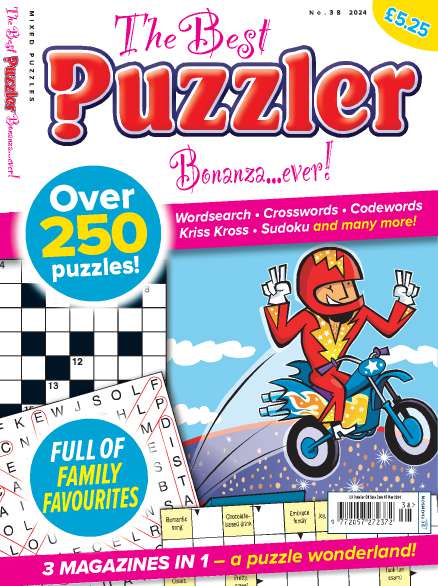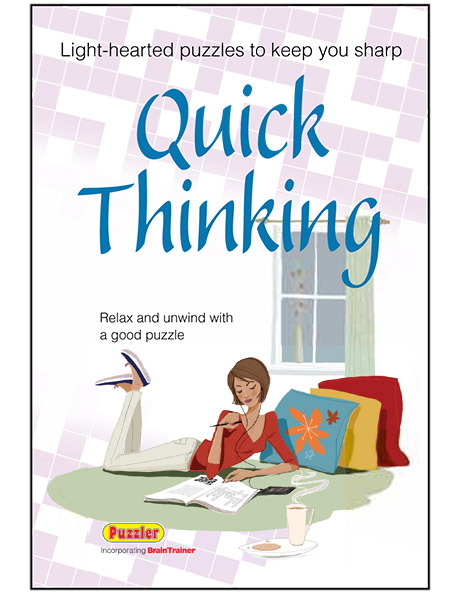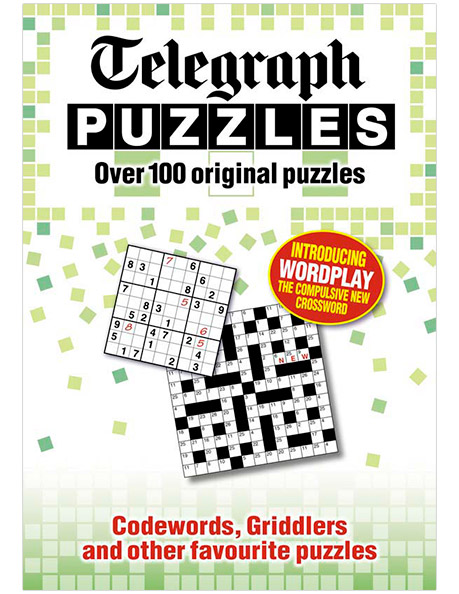Logic Problem
Also Known As:
Logic, Logically, Logistical
When a puzzle magazine called 'Quiz Digest' appeared in the early '70s, it included a remarkable new puzzle called a logic problem, and it created quite a stir. The puzzle was referred to in TV chat-shows. There was a national competition. And a new magazine, 'Logic Problems', was born. (It all sounds rather like a quiet version of the Sudoku furore.)
The object of this puzzle is to use the clues given to link several items together. From the information provided, solvers must deduce who's who, what's what, why, when and how. Where a grid is provided, this is used to record positive and negative relationships. Cross-referencing within the grid may reveal further definite information. The clues are then reconsidered to make further deductions.
In the standard puzzle each section contains five elements and there are four categories or sections.
By placing the elements (eg names) around the grid, all possible combinations of elements are represented in blocks. The aim is to complete each block so that there is just one tick for a positive connection in each row and column and crosses for matches that do not fit the solution. Once you have achieved this for every block along the top of the grid, the puzzle has been solved.
In a straightforward puzzle, entering the ticks and crosses given by the clues is sufficient to solve the puzzle. It is simply a matter of matching ticks with ticks and ticks with crosses to complete the grid. For example, if John is 23 there is a tick in the John/23 box. If you later enter a tick for the 23-year-old to be the fireman, you can link these two ticks where the row and column meet to put a tick in the box that represents John and fireman. If you have a tick for John being 23 and a cross for Smith not being 23, you can combine these two pieces of information and put a cross for John not being Smith. By continually cross-referencing ticks and crosses and entering the results, the grid can be completed. Having entered the information from the clues you will usually find that one element has crosses in all cells bar one block and therefore, the remaining combination is the correct one.
Only very few puzzles ever demand any more use of the grid than this. In a difficult puzzle you may find that you have John being 23 or 25 years old and Sheila also being either 23 or 25. From this you can deduce that none of the other three first named people can be either 23 or 25 and can put crosses put against those combinations.
The clues mainly give straightforward simple logical statements of fact. Several facts are usually condensed into one clue: for example:
John, who is not Smith, is 23.
Here we have the simple additional crosses to put in for John/Smith and Smith/23 as well as the tick for John being 23.
Of more logical interest is the use of neither...nor...
Neither John nor Smith is the fireman.
This gives us an extra fact, so altogether we can enter crosses for the combinations: John/fireman; Smith/fireman and also for John/Smith.
But note that if the clue states that:
The fireman is not John or Smith
this does not preclude John from being Smith – he may or may not be. All you know here is that the fireman is not John and the fireman is not Smith.
Puzzles are made slightly more difficult by the use of relative clues.
John is older than Smith but younger than the fireman.
This gives us the same three crosses as above but in addition we have crosses for: John cannot be either the oldest or the youngest. Smith cannot be the oldest or second oldest.
The fireman cannot be the youngest or second youngest. Usually in such puzzles, later information will limit the options for the age of one of these three elements, so the solver will need to read the clues again, possibly several times, to enter additional crosses as the options become more limited.
Something else to look out for is a gender-specific clue.
If a puzzle contains the names Alf, Brenda, Colin, Doris and Edward and a clues refers to Ms Smith then crosses can be entered for Alf/Smith, Colin/Smith and Edward Smith, as Smith can only be female. Other such clues make subtle use of 'he' or 'she' or gender-specific occupations – policeman instead of the non-specific police officer.
Featured In
Related Products









